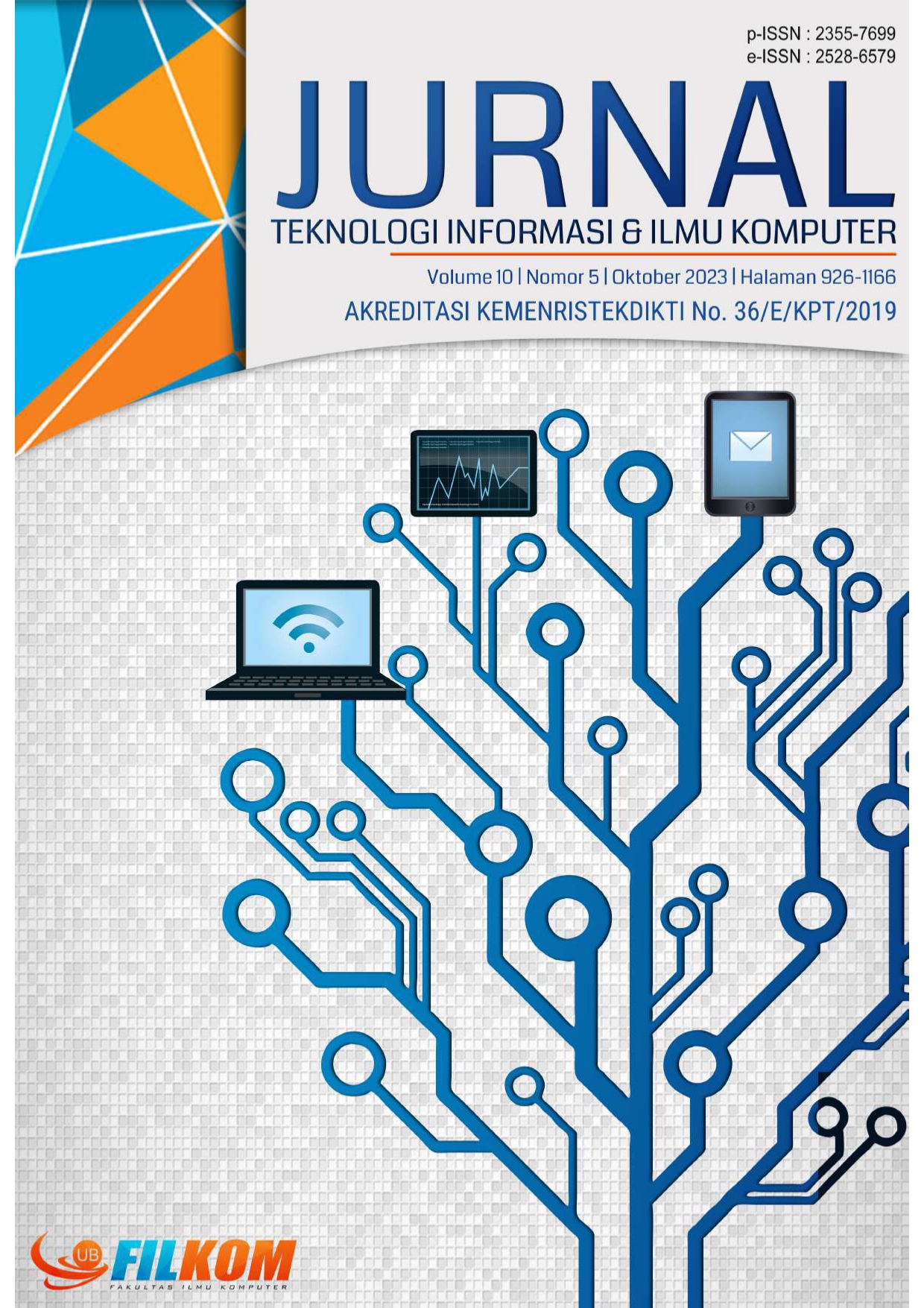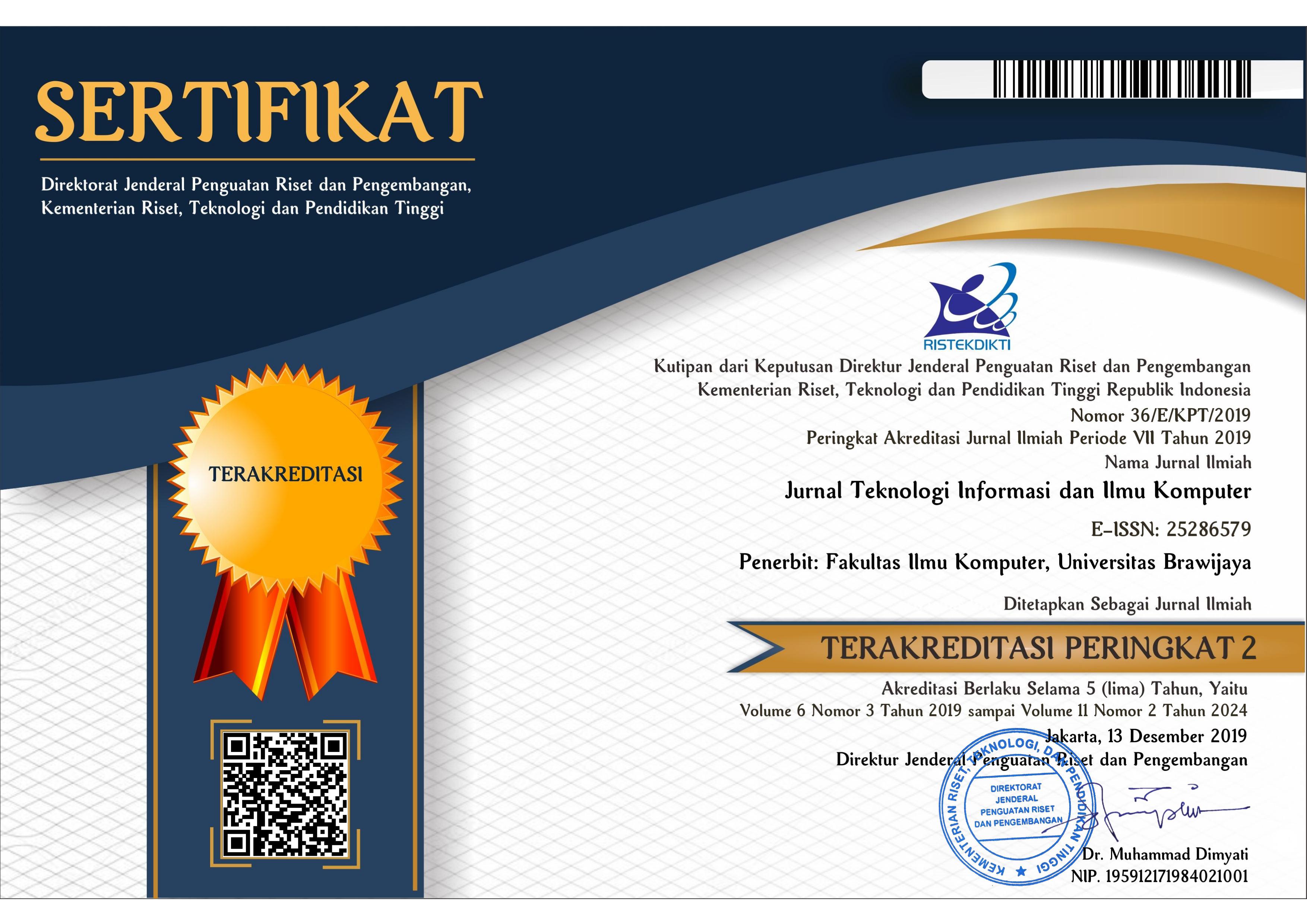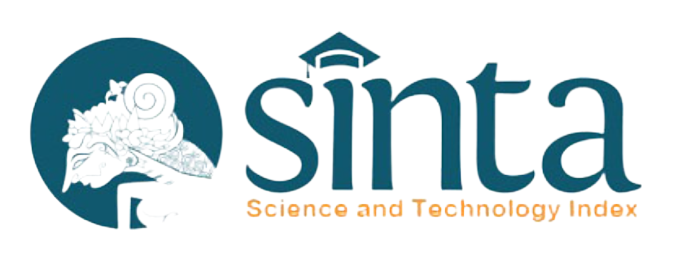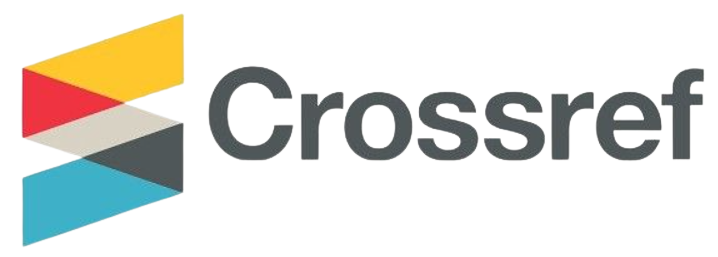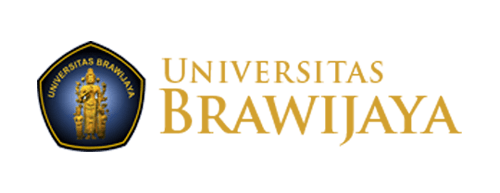Analisis Kinerja Sistem Informasi Dewan Perwakilan Rakyat Republik Indonesia Berdasarkan Persepsi Masyarakat Menggunakan Metode Heuristics Evaluation
DOI:
https://doi.org/10.25126/jtiik.2023105716Abstrak
Sebagai bentuk penerapan e-government dan usaha dalam meningkatkan mutu pelayanan, Dewan Perwakilan Rakyat Republik Indonesia (DPR RI) memanfaatkan website resminya menjadi media publikasi dan dokumentasi kegiatan DPR RI kepada rakyat Indonesia. Adanya website resmi DPR RI yang beralamat dpr.go.id diharapkan dapat memudahan masyarakat dalam mengakses informasi. Dalam menyebarluaskan informasi, salah satu aspek yang diutamakan dalam kenyamanan penggunaan suatu sistem informasi adalah aspek kinerja kegunaan atau usability. Dari data keluhan pengguna dalam hal ini rakyat terdapat beberapa permasalahan diaspek kegunaan (Usability) seperti pengguna tidak mengerti tentang alur penggunaan website DPR RI. Maka perlu adanya analisis kinerja website DPR RI terutama dari perpektif masyarakat, untuk mengetahui tingkat usability website digunakan metode Evaluasi Heuristik. Heuristics Evaluation Method adalah metode yang memiliki fungsi mengetahui tingkat usability. Data pengujian ini dari pengisian kuisoener oleh responden dengan kategori Pendidikan minimal lulusan Sekolah Menengah Atas (SMA/Sederajat). Hasil dari analisis adalah tingkat usability dari website DPR RI apakah mudah dipelajari, efisien, pada saat pengguna berinteraksi mudah mengingat prosedur/langkah tanpa banyak membuat banyak kesalahan dan apakah pengguna merasa nyaman dalam mengoperasionalkan website.
Abstract
As a form of implementing e-government and efforts to improve service quality, the House of Representatives of the Republic of Indonesia (DPR RI) utilizes its official website as a medium for publication and documentation of DPR RI activities to the Indonesian people. The existence of the official website of the DPR RI at dpr.go.id is expected to facilitate the public in accessing information. In disseminating information, one aspect that is prioritized in the convenience of using an information system is the usability performance aspect. From the data on user complaints, in this case the people, there are several problems in the usability aspect, such as users not understanding the flow of using the DPR RI website. So it is necessary to analyze the performance of the DPR RI website, especially from the perspective of the community, to determine the level of usability of the website, the Heuristic Evaluation method is used. Heuristics Evaluation Method is a method that has the function of knowing the level of usability. This test data is from filling out questionnaires by respondents with a minimum education category of high school graduates (SMA/equivalent). The results of the analysis are the usability level of the DPR RI website whether it is easy to learn, efficient, when users interact, it is easy to remember procedures/steps without making many mistakes and whether users feel comfortable operating the website.
Downloads
Referensi
AMALIA, K., 2018. Evaluasi usability aplikasi Lazada dengan metode heuristic, 10(02), 8-24.
ANWAR, H., 2017. Teknik purposive sampling [online]. Available at https://www.statistikian.com/2017/06/penjelasan-teknik-purposive-sampling. [Accessed 09 April 2021].
CHIA-HUA, C. & HUSAM, A., 2020. Usability evaluation of e-government website: a case study from Taiwan. IJDNS. 04(20). 127-138.
FENTY R. A., 2014 Evaluasi web usability pada website wiki-Budaya berdasarkan Nielsen model dengan metode user testing dan Teknik heuristic evaluation. Surabaya: ITS.
HALE H. TURHANGIL, E., 2018. Heuristic evaluation of e-learning.
IJOL. 6(02), 192-210.
HALL, KATH, 2002. Legislation, Chatswood: Butterworths.
HANDIWIDJOJO, WIMMIE, & LUSSY, E., 2006. Pengukuran tingkat ketergantungan (usability) sistem informasi keuangan studi kasus: Duta wacana internal transaction (Duwit). 2(01). 115 – 140.
HASANIN, M. S., WAN FATIMAH, W. A., & SUZIAH, S., 2018. Usability evaluation of the smartphone user interface in supporting elderly users from experts. Perpective.
HEYWOOD, A., 2002. Politics, New York: Palgrave.
JOHANES, F. A., KEVIN, C. & FUJI, R.W., 2019. Using webqual 4.0 and importance performance analysis to evaluate e-commerce website. 5(01), 23-31, ISSN 2443-2555, JISEBI.
KHAWISTARA, J., 2015. Pemrograman web. Bandung: Informatika Bandung.
KOMPAS. 2021. Jumlah Pengguna Internet Indonesia 2021 [Online]. Available at https://tekno.kompas.com/read/2021/02/23/16100057/jumlah-pengguna-internet-indonesia-2021-tembus-202-juta. [Accessed 24 Maret 2021].
KURNIAWAN, A., 2021. Analisis-pengertian, Tahap, Para Ahli, Tujuan [online]. Available at https://www.gurupendidikan.co.id/analisis/ [Accessed 14 April 2021].
KURNIAWAN, D.P., 2019. Perkembangan web 1.0 ke 4.0 dan inovasi di industry. Jakarta.
NIELSE, J. & LORANGER, H., 2006. Prioritizing web usability. Berkeley: New Riders.
NIELSEN, J. & MOLICH, R., 1994. Heuristic evaluation of user interface in proceeding of the SIGCHI conference on human factors in computing System.
NURMAINI, D., FARIS, N., KHAIRUNSYAH, P., & ARABIATUL, A., 2019. Evaluasi website pemko pekanbaru menggunakan metode heuristic evaluation, 5(02), 245-250, e-ISSN 2502-8995, p-ISSN 2460-8181.
ORGANIZATION INFORMATION SYSTEM, United States:John wiley and Sonsi Inc.
PETERSON, T., 2005. Website measurement hacks, first edition. Gravenste in high way north: Sebastopol.
PRASETYANINGTIAS, T., 2018. Analisis usability pada aplikasi mobile e-government layanan aspirasi dan pengaduan online rakyat (lapor) dengan heuristic evaluation. 11(11), 647-653.
RINA, H., 2021. Penelitian Ilmiah, Jenis Validitas dan contohnya [Online]. Available at https://penelitianIlmiah.com/jenis-validitas/. [Accessed 10 April 2021].
SALIM, P. & YENI, S., 2002. Kamus Bahasa indonesia kontemporer. Jakarta: Modernd English Press.
SEKRETARIS JENDRAL DPR RI. 2020. Peraturan sekertaris jenderal dewan perwakilan rakyat Republik Indonesia Nomor 12 tahun 2020. Jakarta: Senayan.
STUART, M., SAUMIL, S., & SHREERAJ, S., 2005. Pengertian web, sejarah web, dan Hosting. US: Adisson.
SUGIYONO., 2014. Penelitian kuantitatif, kualitatif dan ROD. Bandung: Alfabeta.
TATARI, KAMRAN, K., SALIM UR-R. & WAHEED UR-R., 2011. Transforming web usability data into web usability information using information architecture concepts and tools. 3(04). 703-717. IJCRB.
TE’ENI, D., CAREY, J. & ZHUNG, P., 2007. Human computer interaction: Developing Effective Organization Information System. United States: John wiley and Sonsi Inc.
TENGKU, K., 2019. Evaluasi usability website berita online menggunakan metode heuristic evaluation, 3(09), 188-193.
Unduhan
Diterbitkan
Terbitan
Bagian
Lisensi
Hak Cipta (c) 2023 Jurnal Teknologi Informasi dan Ilmu Komputer

Artikel ini berlisensiCreative Commons Attribution-ShareAlike 4.0 International License.

Artikel ini berlisensi Creative Common Attribution-ShareAlike 4.0 International (CC BY-SA 4.0)
Penulis yang menerbitkan di jurnal ini menyetujui ketentuan berikut:
- Penulis menyimpan hak cipta dan memberikan jurnal hak penerbitan pertama naskah secara simultan dengan lisensi di bawah Creative Common Attribution-ShareAlike 4.0 International (CC BY-SA 4.0) yang mengizinkan orang lain untuk berbagi pekerjaan dengan sebuah pernyataan kepenulisan pekerjaan dan penerbitan awal di jurnal ini.
- Penulis bisa memasukkan ke dalam penyusunan kontraktual tambahan terpisah untuk distribusi non ekslusif versi kaya terbitan jurnal (contoh: mempostingnya ke repositori institusional atau menerbitkannya dalam sebuah buku), dengan pengakuan penerbitan awalnya di jurnal ini.
- Penulis diizinkan dan didorong untuk mem-posting karya mereka online (contoh: di repositori institusional atau di website mereka) sebelum dan selama proses penyerahan, karena dapat mengarahkan ke pertukaran produktif, seperti halnya sitiran yang lebih awal dan lebih hebat dari karya yang diterbitkan. (Lihat Efek Akses Terbuka).

